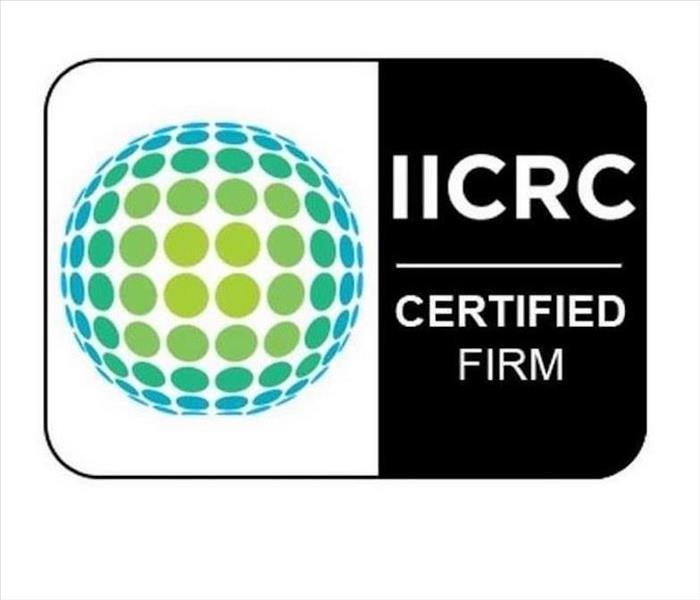Why Is Professional Assessment of Flood-Damaged East Lynn Properties Essential?
9/23/2021 (Permalink)
 Rely on SERVPRO's IICRC certified technicians to restore your East Lynn flood damaged property, "Like it never even happened."
Rely on SERVPRO's IICRC certified technicians to restore your East Lynn flood damaged property, "Like it never even happened."
SERVPRO evaluates East Lynn residences’ flood damage, locating and planning interventions for a broad range of safety hazards
Although you might feel lucky after what seemed like minor storm and flood damage in your East Lynn neighborhood, arranging for an assessment of potential safety issues is critical. Water trapped in cavities and moisture absorbed by porous building materials sets the stage for progressive deterioration and secondary damage including mold growth, although you are oblivious to its presence.
How Does SERVPRO Assess Post-Storm and Flooding Hazard Risks?
When torrential rains and high winds attack your East Lynn home, ceiling leaks and basement flooding cleanup are not uncommon and can be painfully apparent. You might not realize that due to the individual construction details of your home, however, that hidden flooding and associated damage is possible. The unaddressed storm devastation will present days, weeks, or months later, and delayed water damage remediation is expensive and disruptive. Make a proactive decision, inviting SERVPRO to evaluate your home for:
- Sagging ceilings due to leaking roofs from storm activity
- Walls with bulges or “sweating,” staining, or peeling paint indicating stormwater flooded between behind and between vertical surfaces
- Caches of water trapped in cinder block cells or behind plaster, drywall, or paneling in basements
- Wet floors wicking water pooled behind baseboards
- Mold growth from damp building materials such as insulation or framing
Can SERVPRO Access and Complete Flood Restoration for Trapped Storm Water?
The robust construction background possessed by SERVPRO work crews supports our use of controlled demolition to address basement flooding and wall and ceiling repairs from water damages. Emergency services provided by our Institute of Inspection, Cleaning and Restoration Certification (IICRC)-trained technicians include:
- Strategic punching of weep holes in ceilings to prevent collapse
- Drilled or sawn holes or flood cuts in drywall or mortar joints to release stormwater and permit access for applied structural drying interventions
- Use of advanced technologies to suction water and introduce dry, warm, moving air into confined spaces through negative pressure air systems (hose and drying mat placement where more invasive demolition is contraindicated)
Count on the professionals from SERVPRO of Lynn / Lynnfield when storms flood your property. We’re Faster To Any Size Disaster -- call us at (781) 242-5430.





 24/7 Emergency Service
24/7 Emergency Service